5 Things We Learned From the 2015 FINA World Cup
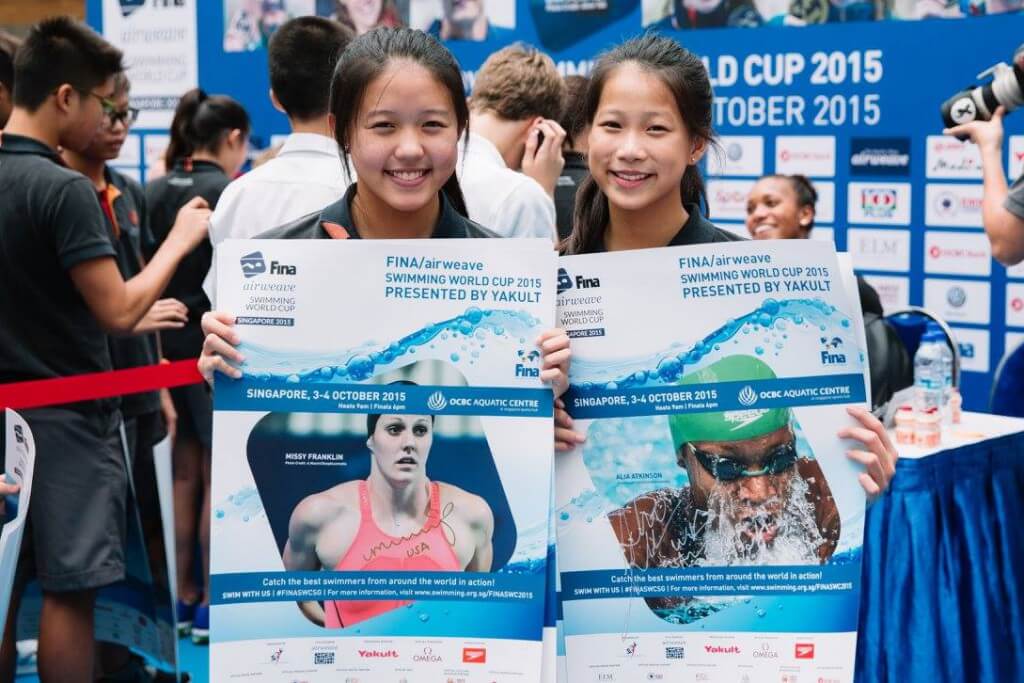
Commentary by Jeff Commings
Another edition of the FINA World Cup has come to an end. This year’s series shook things up a bit in terms of format, which drew some new faces to the eight meets across Europe and Asia. While some things didn’t change, other things breathed some new life into what had once been viewed as a tired and uninteresting season of competitions.
Here are five things that we learned from the 2015 FINA World Cup.
1: Long course is a good idea for the FINA World Cup
The World Cup meets are usually held in short course meters, as the fall season is typically viewed as the time when athletes around the world (except for the USA) turn to short course meters. But perhaps with this now being the “Olympic year,” FINA set all eight of the World Cup meets in long course meters. That shook things up a bit, and for the better. The format attracted some swim stars who hardly – if ever – race in the World Cup, including Federica Pellegrini, Jeremy Stravius and Adam Peaty. Though the World Cup meets are never short on star power, their presence showed that FINA should consider making the series a long course circuit.
2: You can win the FINA World Cup overall point standings by swimming just three events per meet
Though Hosszu swims as many events as possible every time she swims in the World Cup, Cameron Van Der Burgh showed that you can be stroke specific and still earn the $100,000 bonus at the end of the series. Van Der Burgh returned to the top of the men’s leaderboard this year by swimming in all eight meets, racing only in the three breaststroke distances. He managed to stay undefeated in the 50 and 100 distances despite heavy competition from Kevin Cordes and Peaty, and even won a little bit more money by finishing in the top three in the 200 breast a few times.
If Mitch Larkin had swum at all eight of the World Cup meets, he might have won the overall male point totals by swimming in just the backstroke events. While being a very versatile swimmer is always great, you can still be one of the best in the World Cup with a reduced racing program.
3: Singapore isn’t afraid to lose money
When money is on the line, most organizations will make the wrong decisions as long as it doesn’t negatively affect the bottom line. At the Singapore stop of the World Cup, a thick haze hung over Singapore as a result of a massive forest fire in neighboring Indonesia. That affected breathing in the area, and air pollution levels were very high. As hosts, the Singapore Swimming Federation could have held their leg of the World Cup as planned. Athletes might have suffered, but spectators would have shown up and the ticket prices would have helped to offset the costs of running the meet and paying their portion of prize money.
But the federation did the right thing by cancelling the first night of finals, which meant refunding ticket sales. Athletes still got prize money based on performances at previous meets, a portion of which came from Singapore’s pocket. The country might be stinging a little bit in the aftermath of cancelling that session, but it created goodwill around the world and showed that some people put athletes first.
4: The 2016 FINA World Cup should start in Rio de Janeiro (or somewhere nearby)
In 2013, FINA started the World Cup series immediately after the world championships, and many of the gold medalists attended the first couple of meets. FINA did the same thing this year, hosting a World Cup meet in Moscow two days after world championships ended. The result was a large turnout of athletes, which drew a lot of spectators. FINA would be wise to use that technique after next year’s Olympics, when athletes are still on a racing high and would be willing to go to one or two more meets to earn some cash as the new Olympic cycle begins – or before they officially announce their retirement from the sport.
While the Rio pool might not be available right after the Olympics as organizers prepare for the Paralympics, Brazil could host a World Cup meet in another city. Or, perhaps the United States could be convinced to host a World Cup meet for the first time in a decade, bringing some of its Olympic champions home for one more meet in front of a home crowd. For many athletes, it might be a tough sell because the Olympics is a very mentally draining meet, and even committing to one more competition might not be appealing to someone whose focus for the past year has been solely on winning Olympic gold. But, if FINA can pull it off, swimming could get a couple more days of worldwide exposure post-Olympics with a star-studded World Cup meet.
5: The World Cup needs to consider new host cities
For the past four years, the list of cities hosting the FINA World Cup has not changed very much. While all the cities in this year’s circuit did a great job of putting on the meets, it’s time for other cities to give it a shot. The drawback might be the cost of running the meets, which is why USA Swimming has not put on a World Cup meet since 2006. But there are plenty of countries that, if they have the money, could serve as fresh, new hosts.
Australia comes to mind. The country had been a World Cup host until 2008, and with the athletes Down Under bringing the sport back to prominence there, the interest could be high among fans. Another country that would get behind the meet could be Great Britain. Then, perhaps the athletes could catch the train from London to compete in Paris at the pool that hosted the 1924 Olympics.
Having a couple of meets on one or both of the American continents would be great as well. Perhaps the series could conclude on a Caribbean island, giving athletes a place to start a much-needed vacation.




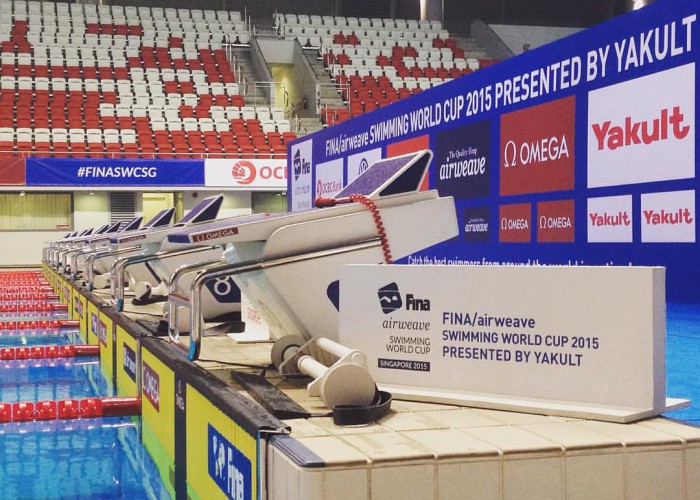

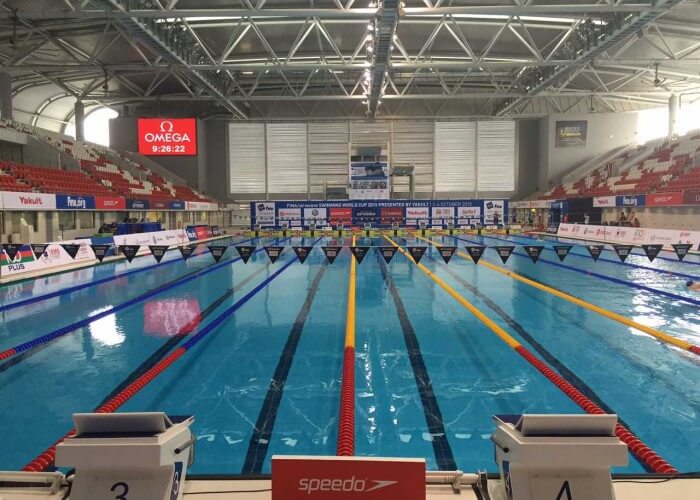
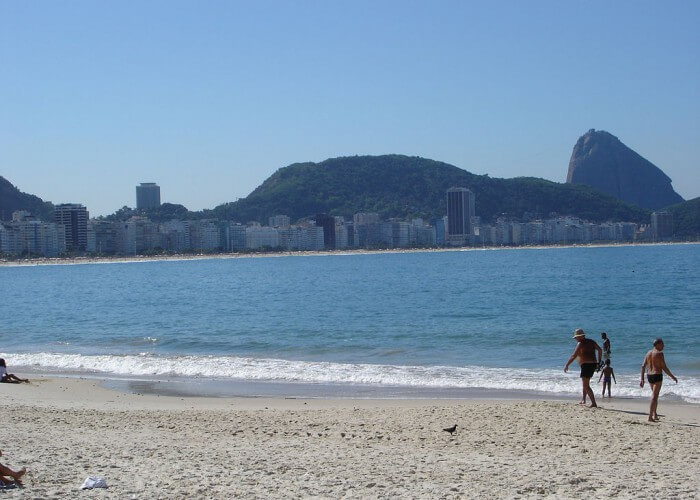
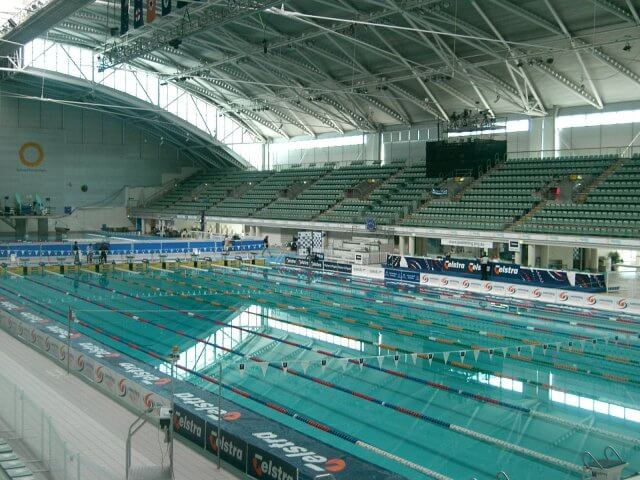
Agree w/all your points save for one about keeping meets lcm.
I think by the time late August rolls around most swimmers are beat from having been training/racing lcm since January and the short course meters format gives them a bit of a “breather” as well as making it more interesting for fans.
As for starting series next year right after conclusion of The Big O’s, uh-uh. After coming a pressurepacked Olympics I suspect most elite swimmers would want a break of a couple of weeks — unless of course your name is Katinka Hosszu — in which case they could hold the meet 10 minutes after Rio concludes and she’d be ready o go…and go fast too!
I bet she’s disappointed there’s nothing mas this year save for Euo sc Championships. Hmmm…wonder if she can swim U.S. Nationals @. same time? Figure she’s got her own private Dreamliner by now!
“in Paris at the pool that hosted the 1924 Olympics” Well… I think that you never saw that pool in recent days. No way to stage an event here. This is why the World Cup is held in Chartres.